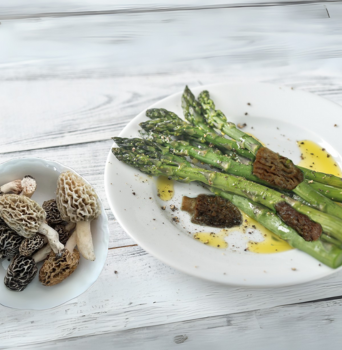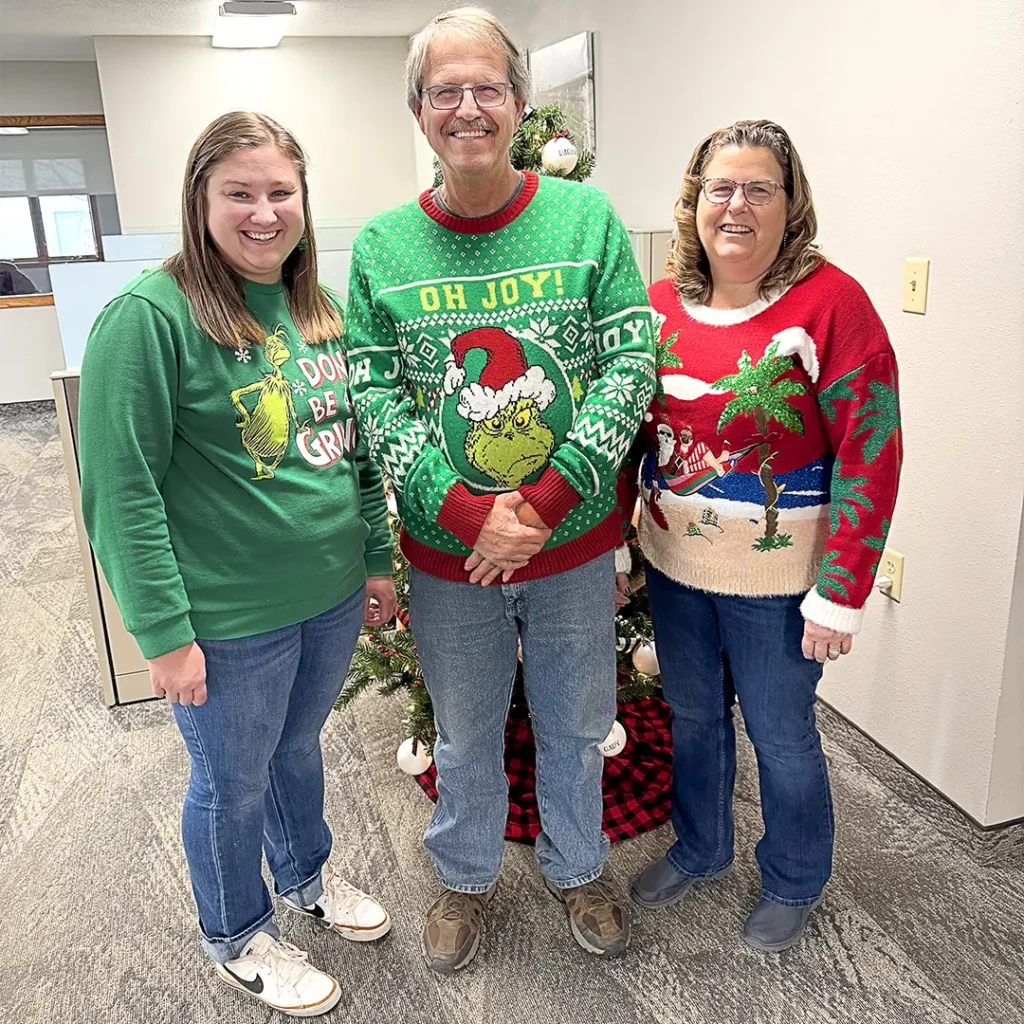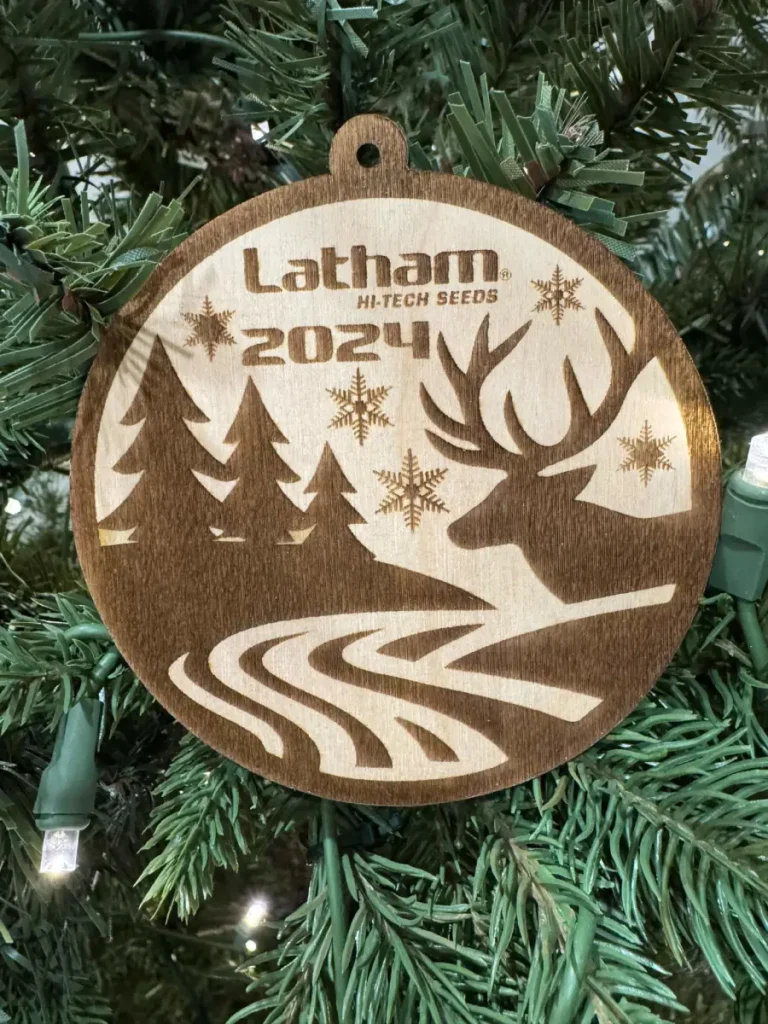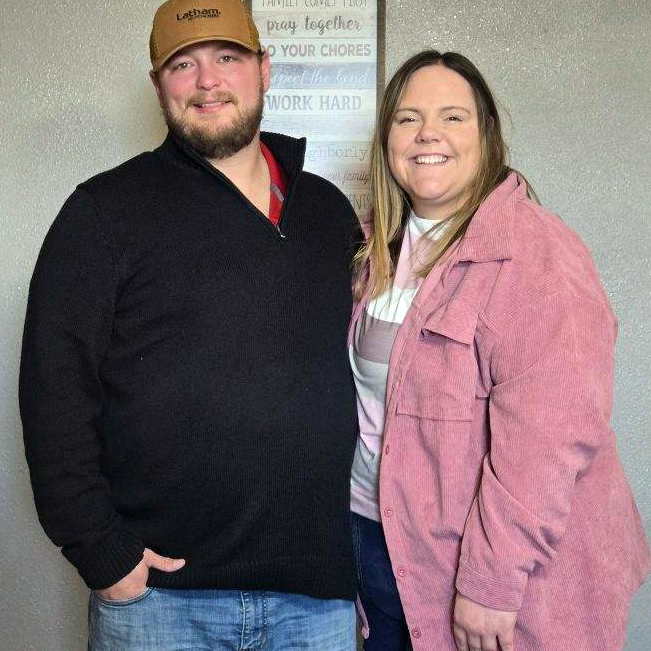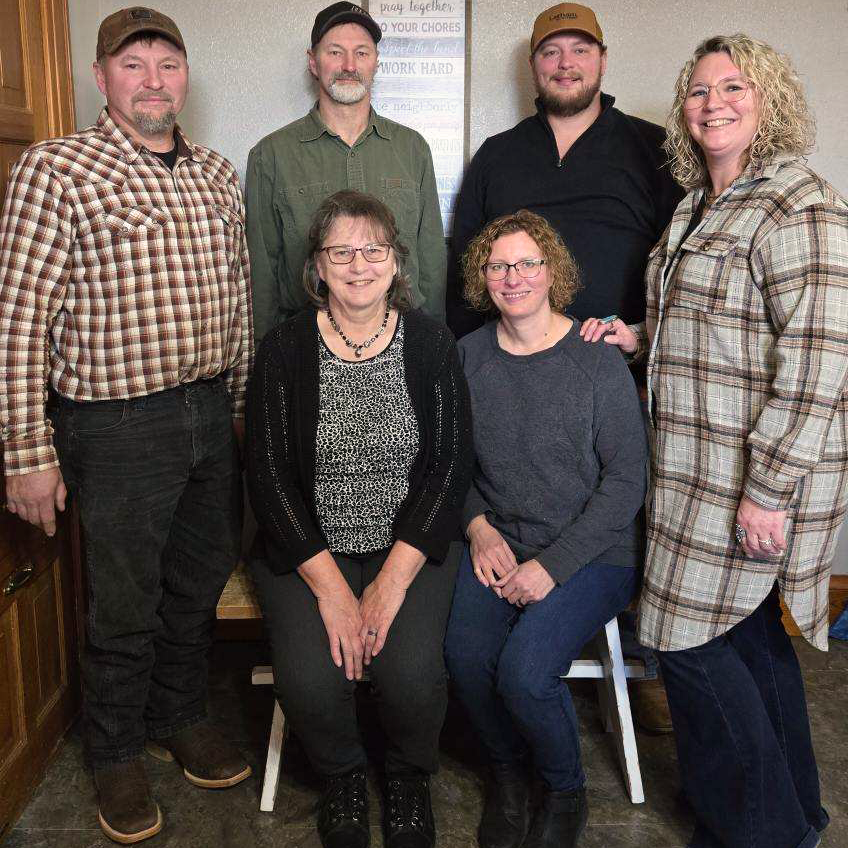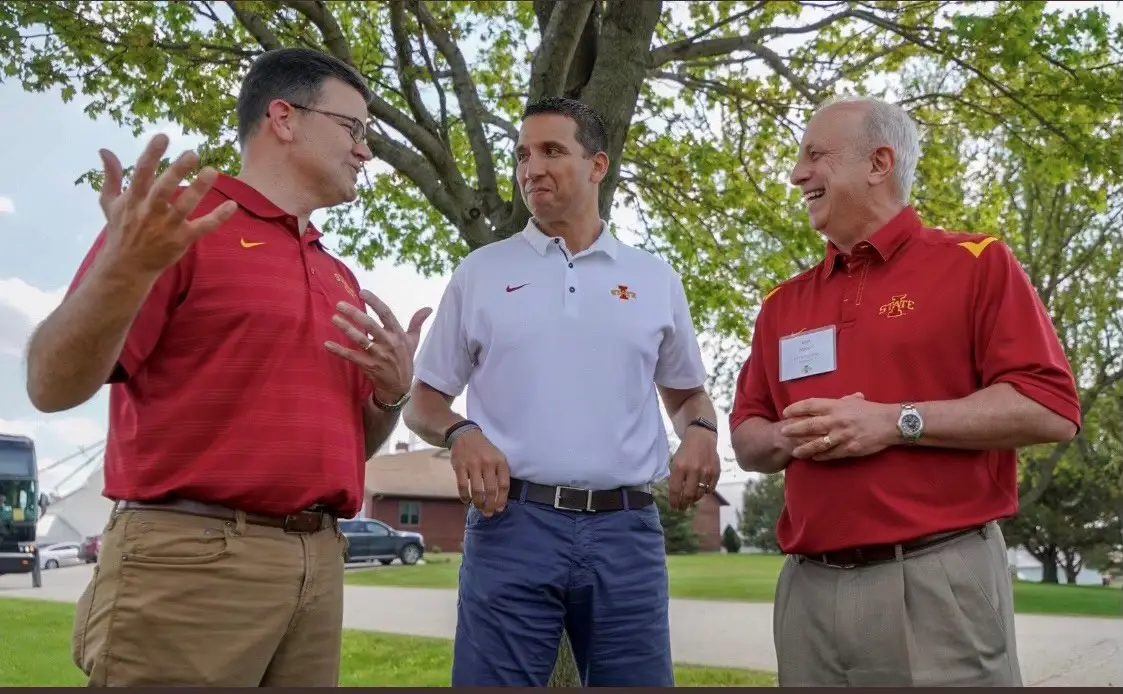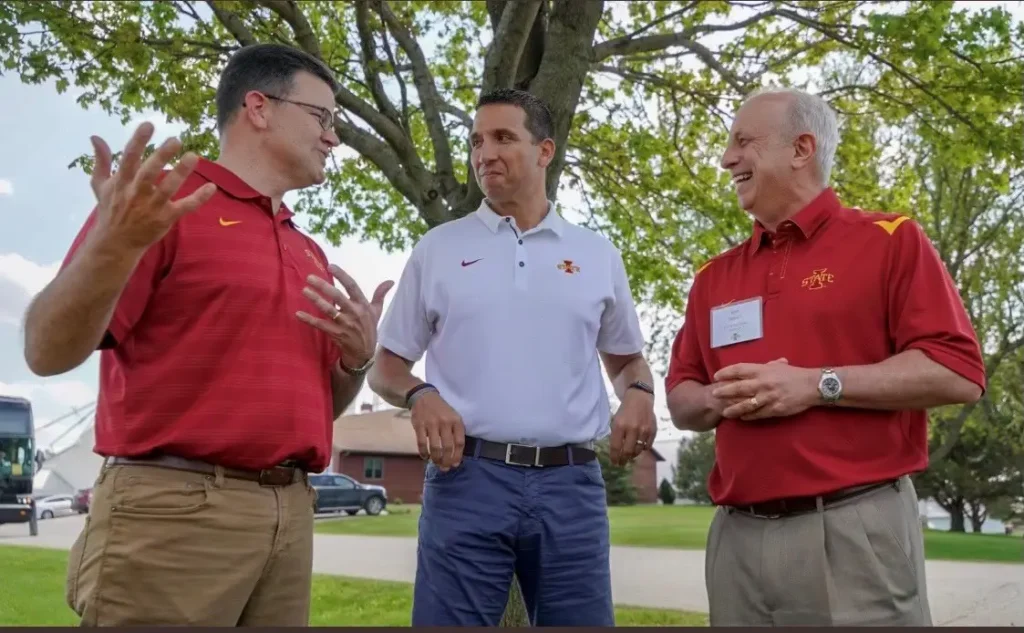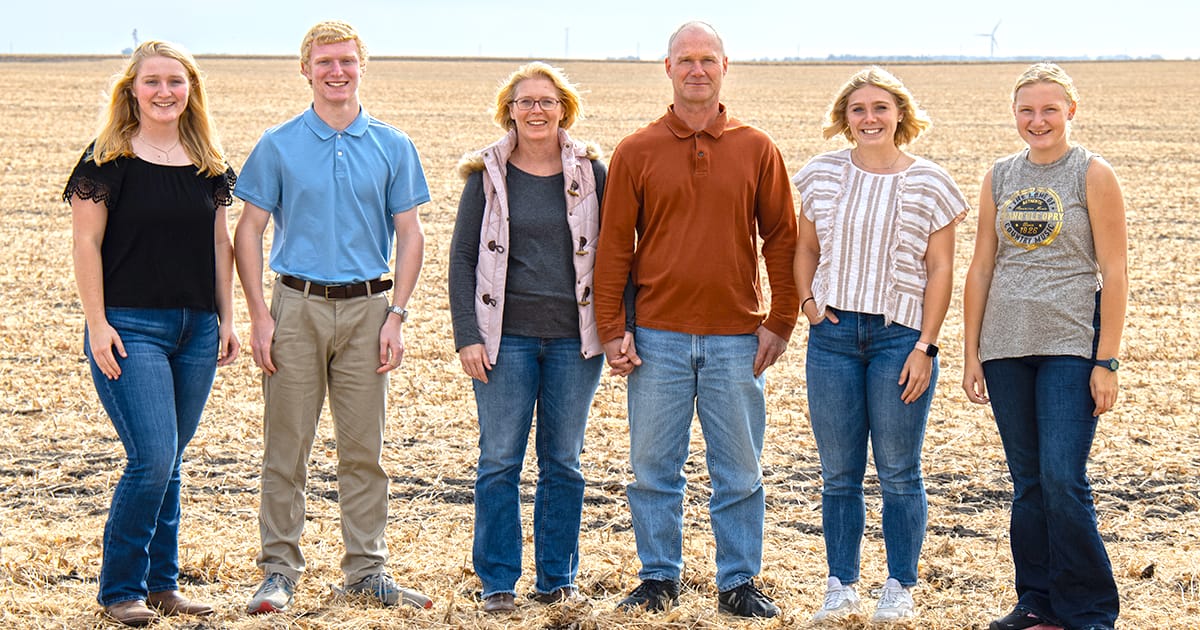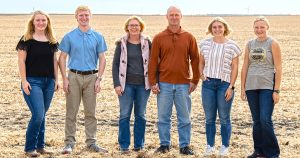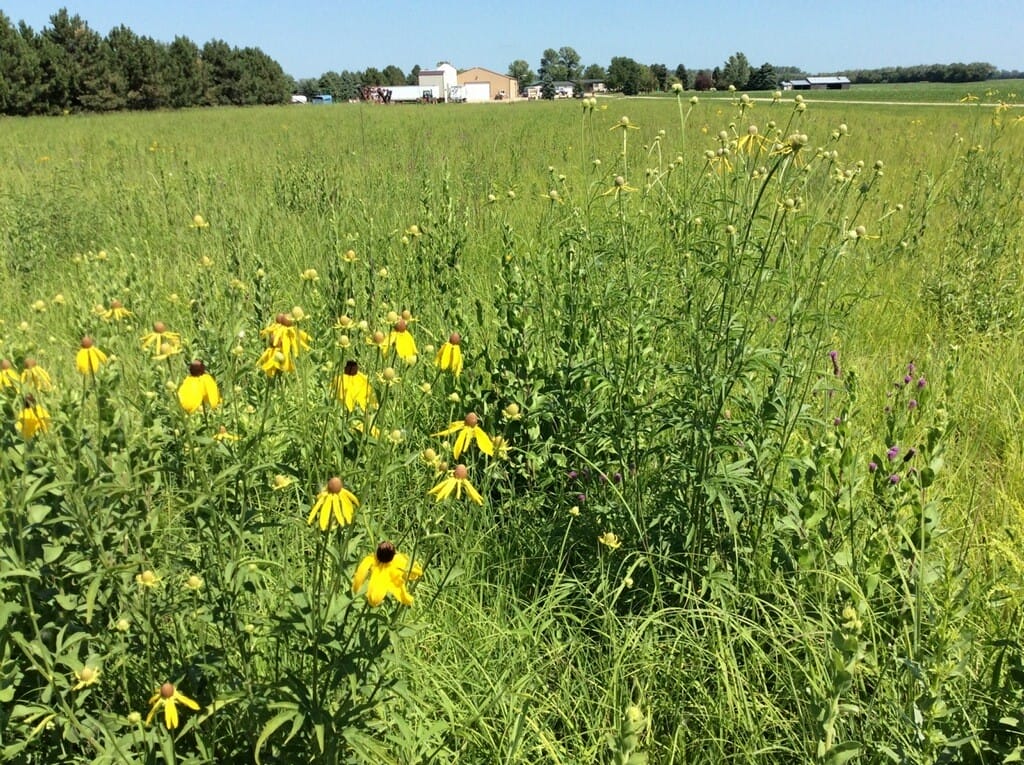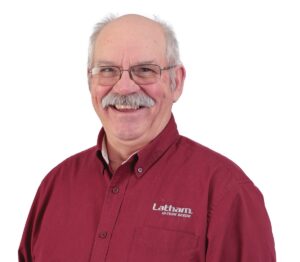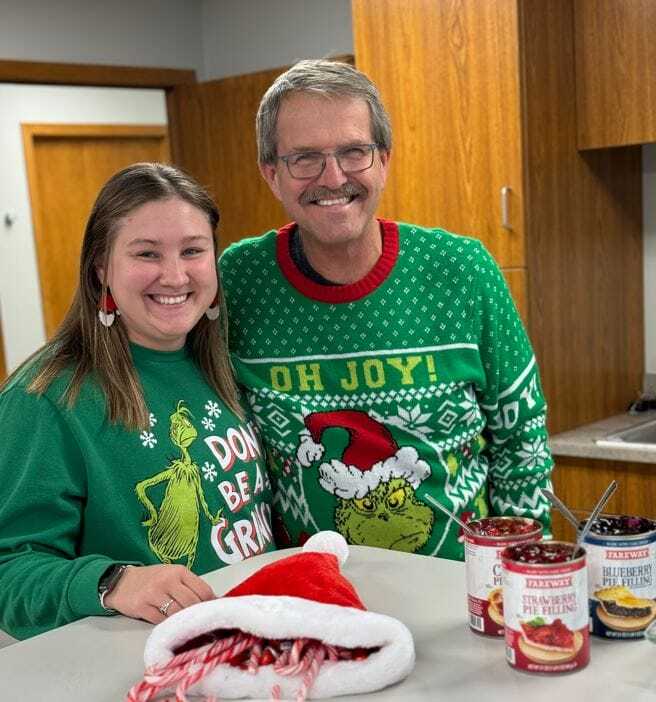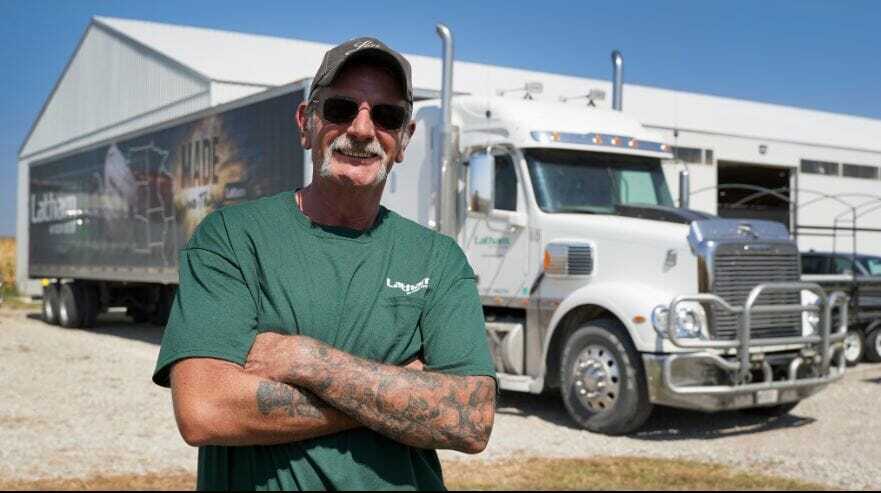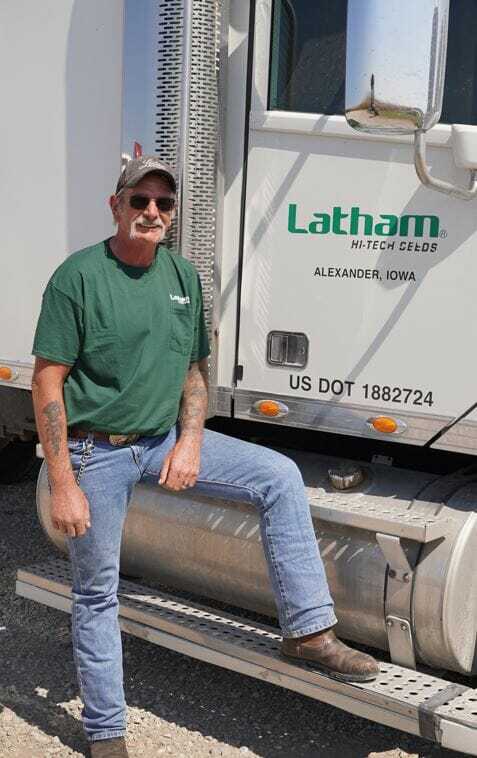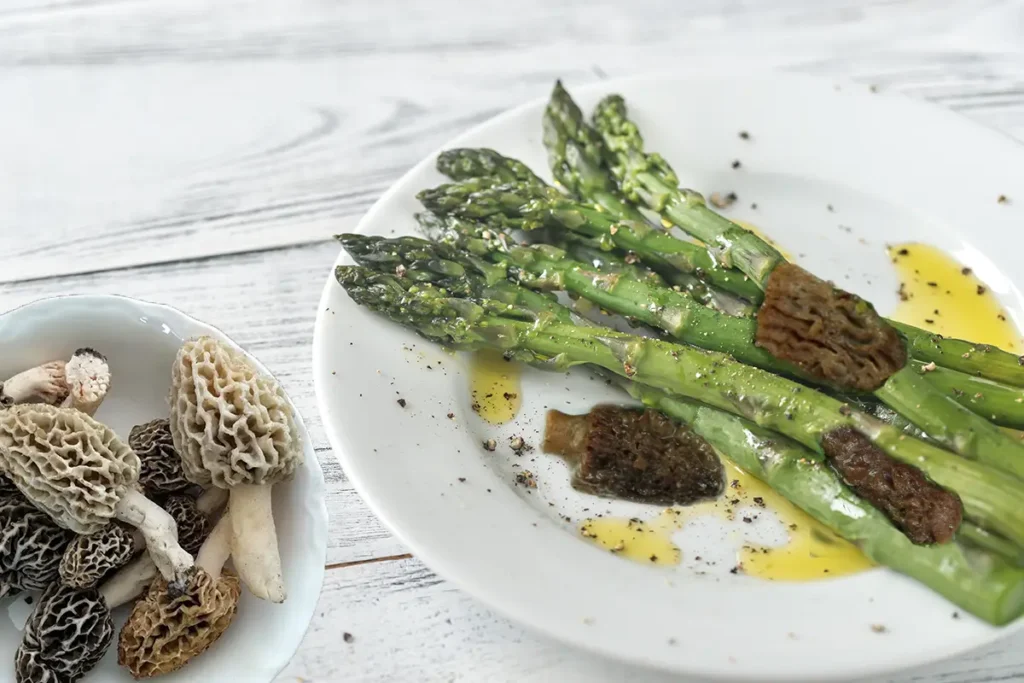
As a kid, I couldn’t wait for the warm spring weather to produce wild asparagus and mushrooms. I loved trekking through the woods with my dad, in search of morels. I also loved traipsing through the road ditches in search of tender, young asparagus. Most of all, I looked forward to eating my fill of both!
My favorite way to eat morels is dipping them in eggs, rolling them in crushed saltine crackers and frying them in real butter. If you’re lucky enough to find some yet this spring, check out these 10 amazing recipe ideas at https://www.midwestliving.com/food/fruits-veggies/morel-mushroom-recipes/.
While morel season in Iowa typically ends around Mother’s Day, there is still asparagus to be harvested. One of my favorite uses for asparagus is in a casserole with ham and noodles. This easy-to-make recipe is perfect for a formal Sunday brunch or a casual weeknight supper. Give it a try and let me know what you think. Also feel free to share your favorite asparagus recipes with me. I’d love to try some new ways to fix asparagus!

Asparagus and Ham Casserole
Equipment
- 1 Food processor
- 1 Large pot
- 1 Medium bowl
- 1 Medium saucepan
- 1 Large bowl
- 1 2-quart casserole dish
Ingredients
- 1 slice white bread or ½ c. bread crumbs
- 3 3/4 c uncooked extra braod egg noodles or pasta of your choice
- 2 ½ c sliced asparagus 1 ½”
- ¼ c all purpose flour
- ½ tsp dried thyme
- ¼ tsp salt
- 1/8 tsp black pepper
- 1 c whole milk
- 1 c chicken broth fat free, less sodium
- 1 Tbs butter
- ¾ c onion finely chopped
- 1 Tbs fresh lemon juice
- 1 ½ c cubed ham 1/2” square – about 8 oz
- ¼ c chopped fresh flat-leaf parsley
- 2 Tbs grated fresh Parmesan cheese
Instructions
- Preheat oven to 450 degrees.
- Place bread into food processor, pulse 10 times or until coarse crumbs form to measure ½ cup.
- Cook pasta in boiling water 7 minutes, omitting salt and fat in water. Add asparagus, cook 1 minute.
- Drain.
- Lightly spoon flour into a dry measuring cup and level with a knife.
- Place flour, thyme, salt and pepper into medium bowl.
- Gradually add milk and broth, stirring with a whisk until well blended.
- Melt butter in a medium saucepan over medium-high heat.
- Add the onion, sauté 4 minutes.
- Add milk mixture, cook until thick (about 4 minutes), stirring constantly.
- Remove from heat and stir in lemon juice.
- Combine pasta mixture, milk mixture, ham and parsley in a large bowl, spoon into a 2-quart casserole dish.
- Sprinkle with bread crumbs and cheese.
- Bake at 450 degrees for 10 minutes or until filling is bubbly and topping is golden.
